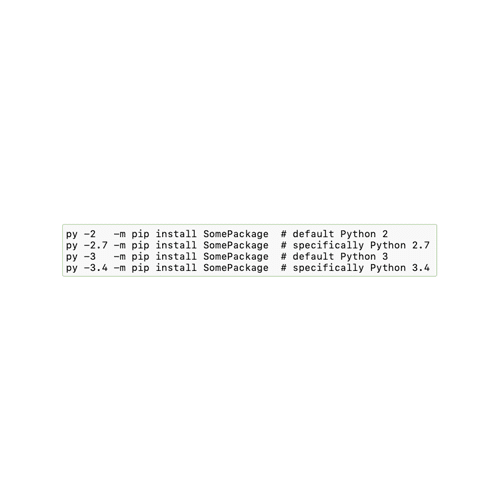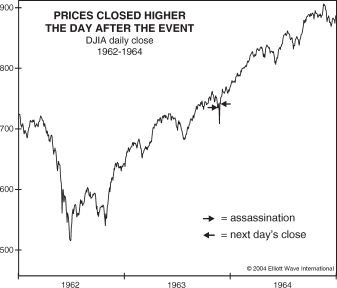Introduction
In the fast-paced world of financial trading, understanding the intricacies of each concept is crucial for success. One such concept that often perplexes novice traders is PIP (Percentage in Point). PIP plays a significant role in determining the profitability of trades and managing risk effectively. In this comprehensive guide, we will delve into the world of PIP, exploring its meaning, history, and significance in financial trading. We will also provide practical tips and expert advice to help you master the calculation and utilization of PIP for profitable trading decisions. So, buckle up and get ready to elevate your trading knowledge!

Image: www.binaryoptions.com
PIP: A Comprehensive Overview
PIP, short for Percentage in Point, serves as a standard unit for measuring the change in value of a currency pair. It represents the smallest increment of price movement that a currency pair can make. Typically, one PIP is equivalent to 0.0001 for currency pairs with USD as the quote currency and 0.01 for currency pairs without USD as the quote currency. For example, if the EUR/USD exchange rate moves from 1.1000 to 1.1001, it signifies a one-PIP increase.
Historically, PIP emerged as a measure of price change in the forex market. However, its significance has extended beyond forex trading into other financial markets, including CFDs, futures, and options. Understanding PIP is essential for traders to accurately calculate profit/loss, set stop-loss orders, and manage risk effectively.
The Importance of PIP in Trading
PIP serves as a fundamental unit for quantifying price movements, enabling traders to:
-
Calculate Profitability: By multiplying the PIP change by the contract size (lot size), traders can determine the profit or loss generated on a particular trade.
-
Set Stop-Loss Orders: PIP allows traders to precisely define the maximum acceptable loss by placing stop-loss orders at a specific number of PIPs away from the entry price.
-
Manage Risk: PIP helps traders assess the potential risk involved in a trade by comparing it to the potential reward.
PIP Calculation: A Step-by-Step Guide
Calculating PIPs is a straightforward process:
Step 1: Determine the currency pair’s quote currency.
Step 2: Identify the PIP value for the currency pair.
(0.0001 for pairs with USD as the quote currency, 0.01 for pairs without USD as the quote currency)
Step 3: Multiply the PIP value by the contract size (lot size).
(For example, for a 1-lot trade in EUR/USD, the contract size is 100,000 units. Multiplying 0.0001 by 100,000 gives a value of 10.)
Step 4: Determine the PIP change between two prices.
(Subtract the lower price from the higher price.)
Step 5: Multiply the PIP change by the contract size.
(For example, if the EUR/USD exchange rate moves from 1.1000 to 1.1005, the PIP change is 5. Multiplying 5 by 10 gives a value of 50.)

Image: abcxperts.com
Latest Trends and Developments in PIP
-
PIP calculation tools: Advanced trading platforms now offer built-in PIP calculators to simplify the calculation process for traders.
-
Automated PIP management: Algorithmic trading systems can be employed to monitor PIP changes and automatically adjust stop-loss orders based on predefined parameters.
Tips and Expert Advice for Mastering PIP
-
Understanding PIP values for different currency pairs: Traders should become familiar with the PIP values for the currency pairs they trade to ensure accurate calculations.
-
Choosing the right contract size: The contract size should align with the trader’s risk tolerance and trading strategy.
-
Using PIPs to assess risk and reward: Traders can use PIPs to compare the potential profit with the potential loss to make informed risk management decisions.
-
Leveraging PIP movements for trend analysis: Identifying consistent PIP movements can provide insights into market trends and support informed trading decisions.
Que Es Pip
Conclusion
Thoroughly understanding PIP is imperative for successful trading. By mastering PIP calculation and leveraging it effectively, traders can enhance their profitability, minimize risk, and navigate the financial markets with confidence. Whether you are a seasoned trader or a novice just starting your journey, equipping yourself with a comprehensive grasp of PIP will undoubtedly empower you to make informed decisions and elevate your trading performance.
Are you interested in mastering PIP calculations and putting them into practice to enhance your trading skills? Share your thoughts and experiences in the comments below.







